A week or so ago I shot a quick test roll through the Hasselblad Xpan II with a Nikon 35mm PC lens attached to the front of it. The photos themselves are far from mind blowing, but it does prove the concept at least. Of course, I’m not the first to do this, but with any experiment using an adapter imported from China, it’s best to test these things out before committing anything important to a roll.
Fortunately, it did work out quite well. So since I’ve had numerous questions on social media, Flickr and via email asking for more details on this setup, I thought I’d do a little post to talk about how well it works and how easy to use it is in the form of an FAQ:
How is the lens mounted?
Simple. I bought an adapter via eBay from China. Search eBay for , and they are sometimes – though not all the time – available. I got mine from.
What is the lens?
The lens is a Nikon 35mm PC lens. PC is Nikons abbreviation for perspective control. The rest of the world calls this a shift lens.
How does it work?
It’s simple really, it’s all down to the size of the image circle. Just like the Hasselblad’s native lenses the 35mm Nikon lens has a much bigger image circle that covers the frame size in the Blad. Unlike the Hasselblad lenses which were designed for a bigger native frame, the Nikon lens was designed this way so different parts of the large image circle could be used. This is how a shift lens works. When you shift the lens, the cameras film or sensor sees a different part of the larger image circle. Put it on the Hasselblad and the film just sees a larger portion of the whole image circle.
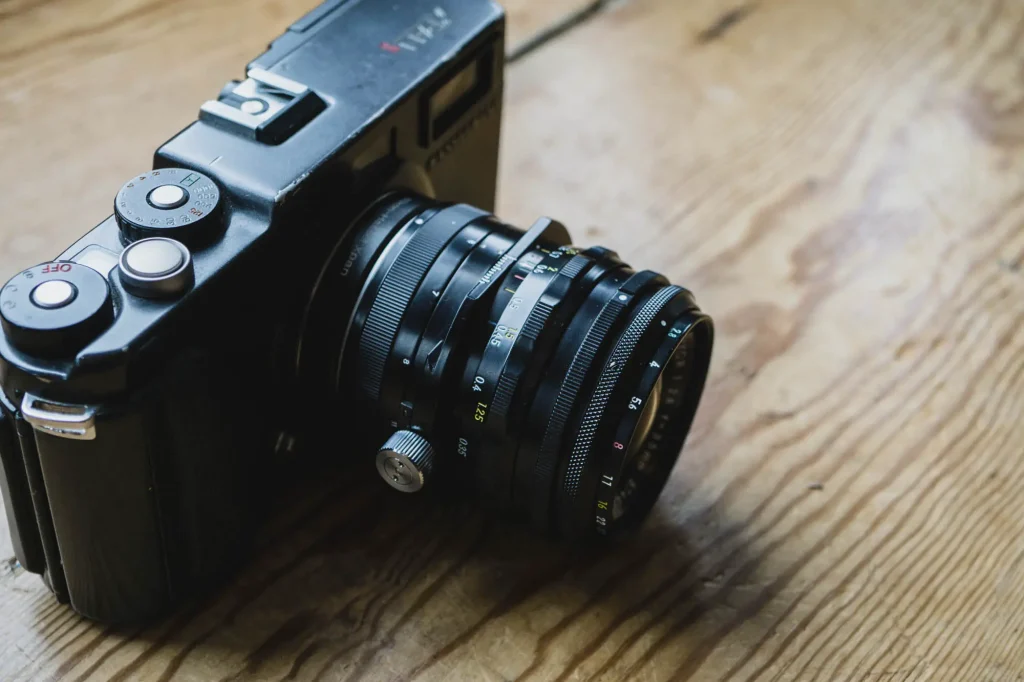
What’s the effective focal length?
What seemed to confuse people about the Hasselblad was the shape of the frame. It’s more like a medium format width, but 135 format in its frame height. The thing to remember is that focal length is a constant, what changes from camera to camera is the size of the frame. 35mm on a 135 format camera is a slightly wide angle lens. But 35mm on medium a format is varyingly wider. As such, across the width on the frame the 35mm lens on the Hasselblad seems to give an equivalent to what you might expect from a 21mm lens on a 135 format camera – maybe a little wider. But with the height of the frame no different to any other 135 format camera, it’s still just equivalent to a 35mm focal length.
Can I use a Nikon 28mm PC lens?
Yes. But the image circle isn’t as big as the image circle of the 35mm shift lenses so you get dark/black edges. Once cropped it cuts the frame size down to somewhere closer to the 35mm equivalent frame. In short, you’re better off with the 35mm PC lens.
How do you focus?
Strangely I thought, I was asked this question loads of times. Of course the lens isn’t rangefinder coupled – but like almost all lenses of its era it has a manual focusing scale with depth of field markings. It’s 35mm so depth of field is deep enough to make this relatively easy, even at wider apertures in close proximity. Some find zone focusing easy some others don’t. If you don’t know what I mean by zone focusing, here’s a little guide I wrote a while back.
How do you frame the shot?
Conveniently, the outside edge of the viewfinder of the Hasselblad works perfectly adequately for framing. There is a chance of parallax error when close up of course, but it’s nothing to drastic.
Can I still shift the lens?
It’s probably not advised. I’d guess the image circle would become a limitation quite quickly – and anyway, since it’s not an SLR, there’s no way to frame accurately once the lens is shifted. In short, if you have one of these lenses for your blad it’s a damn good excuse to buy the F2 you’ve been thinking about too!
What’s the point?
The 30mm Hasselblad lens is rare and worth a lot of money. This Nikon lens cost me 1/10th of the value of the blad lens. That’s about it for my justification really.
How well does it work?
Here are the shots from my test roll:
I hope that answers most of people’s questions about it, if you have any others please let me know in the comments below.
Share this post:
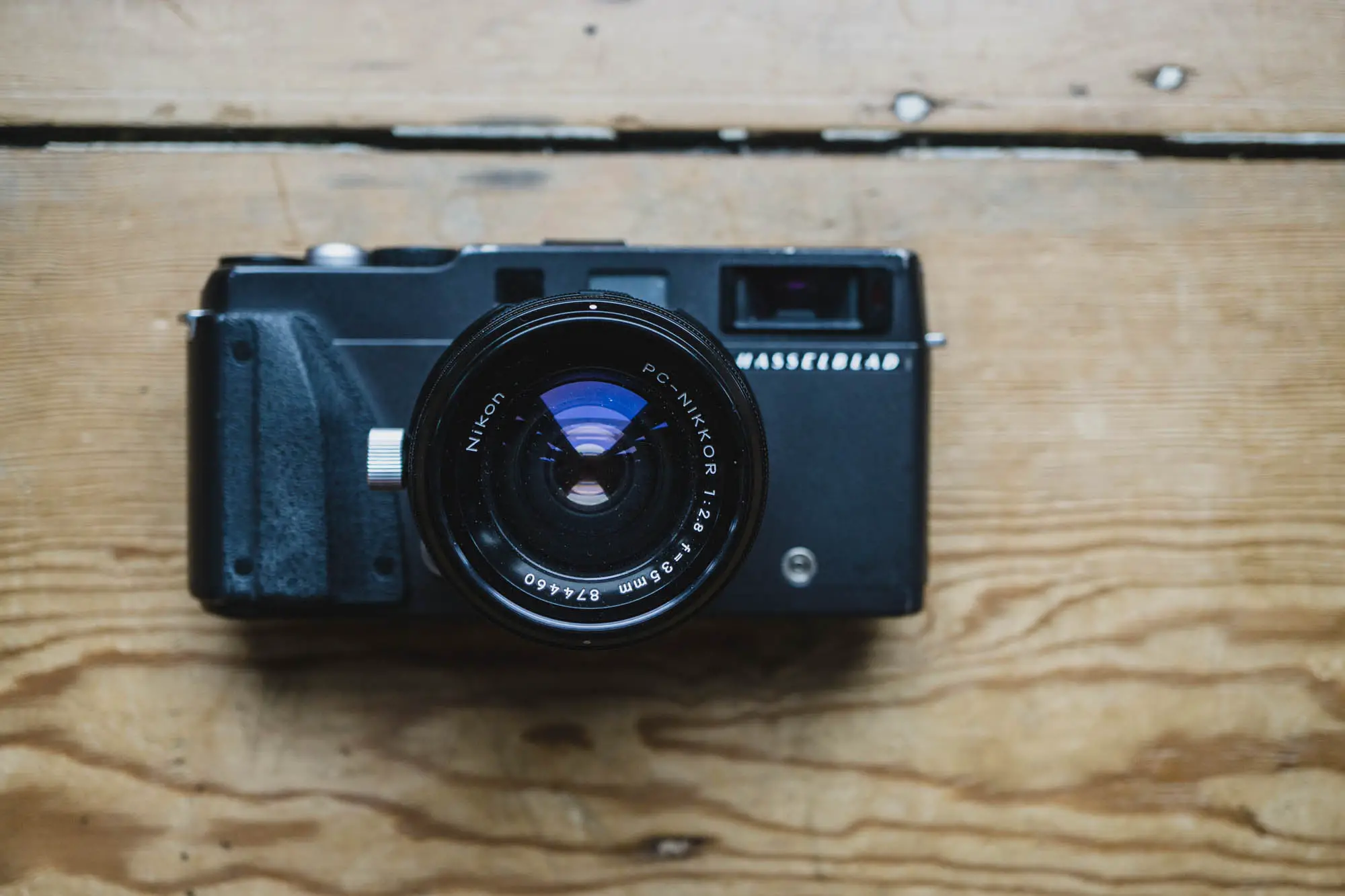
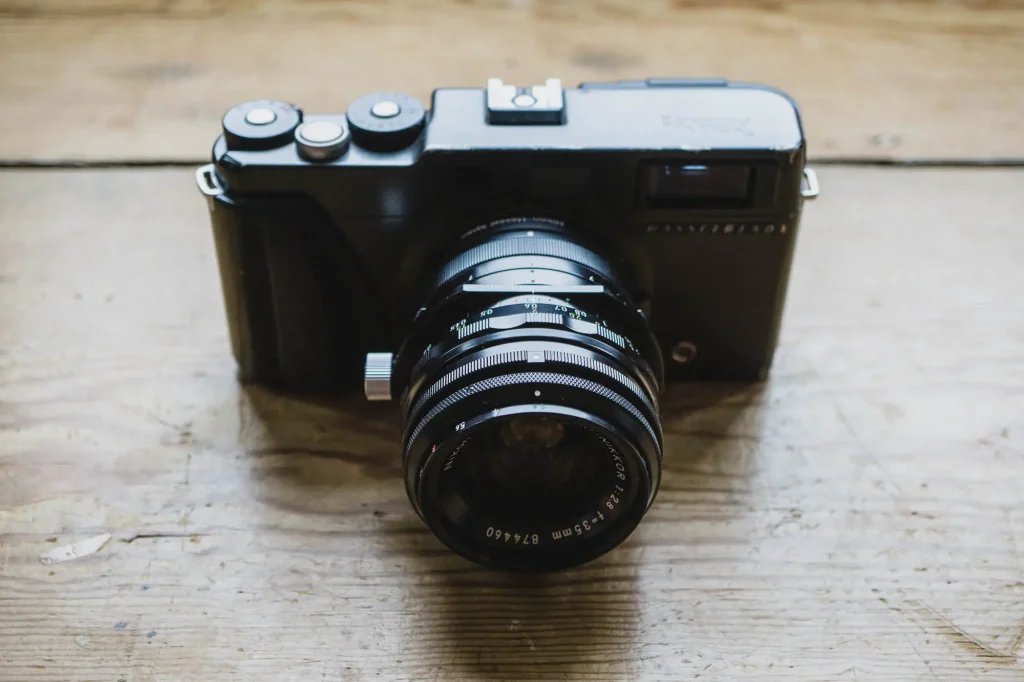
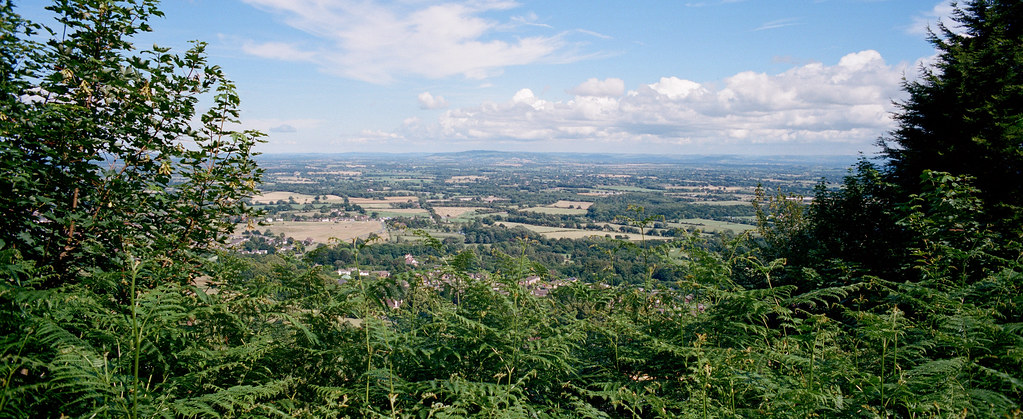
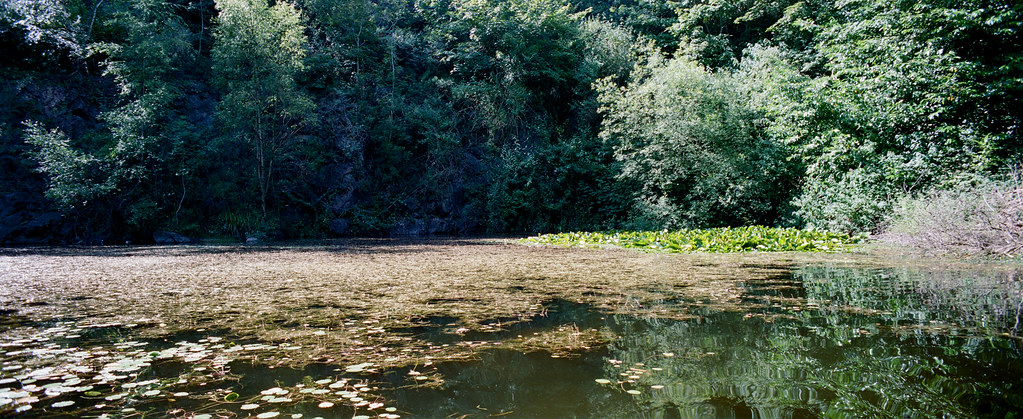
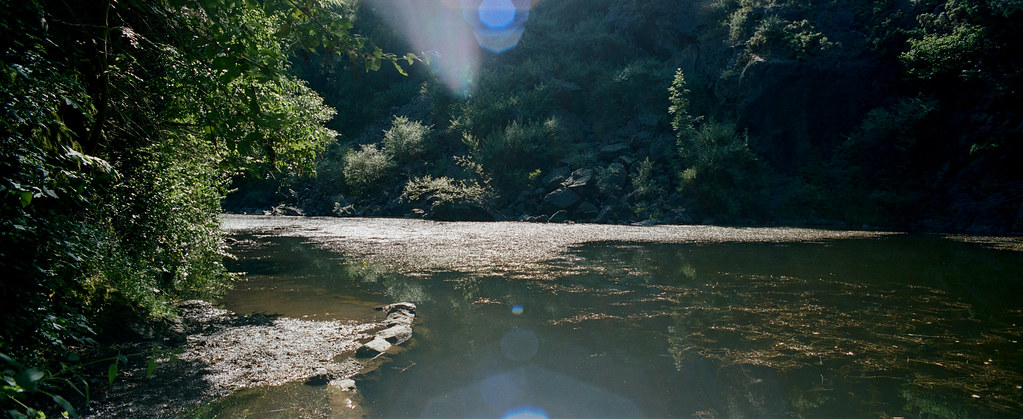
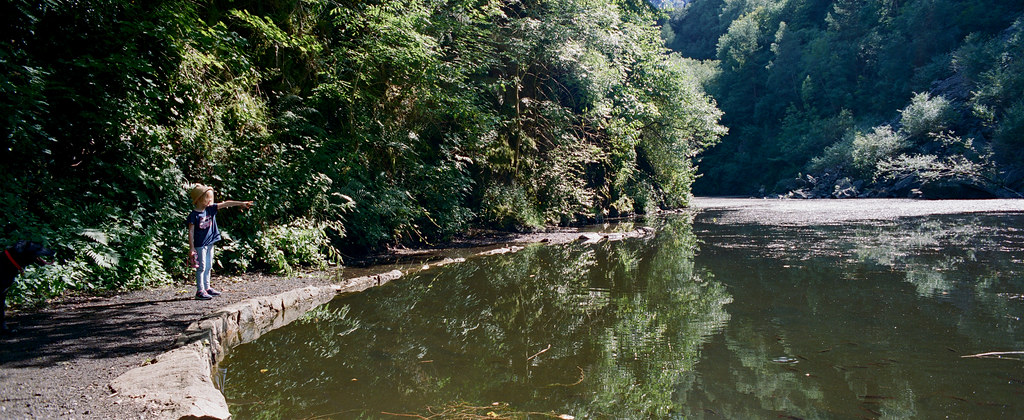
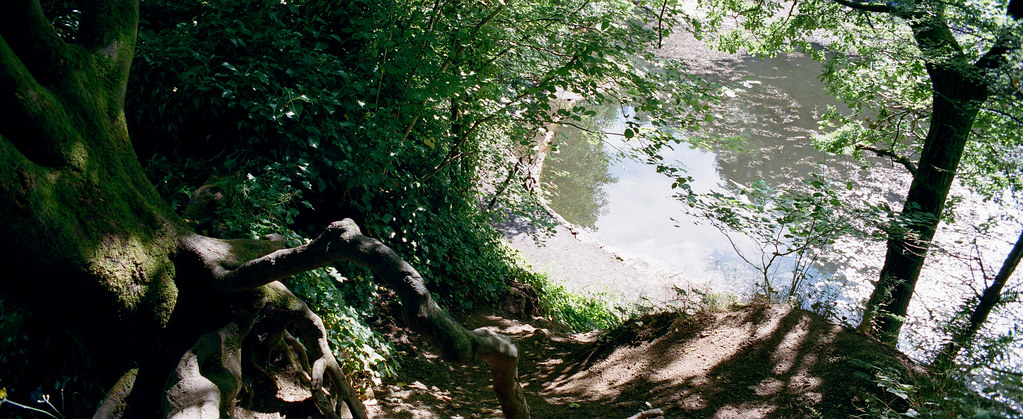

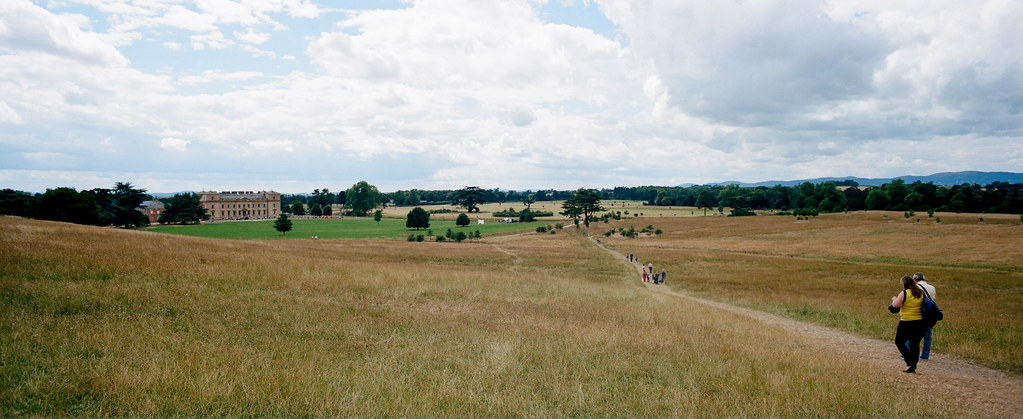
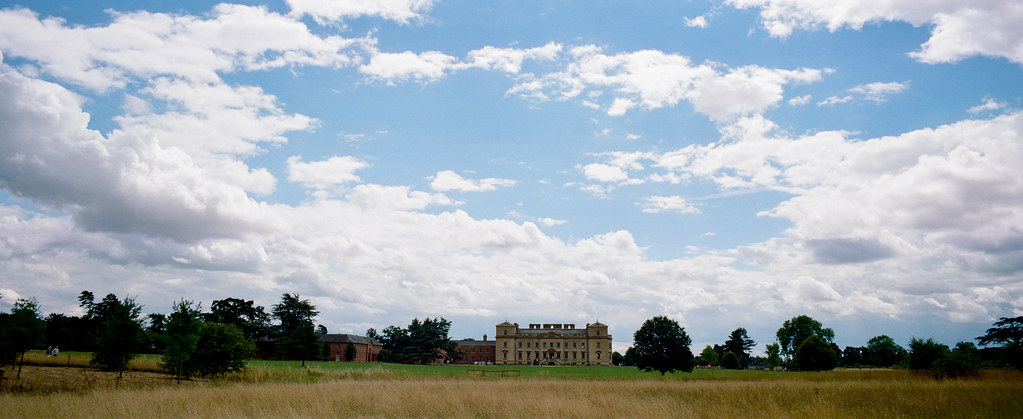
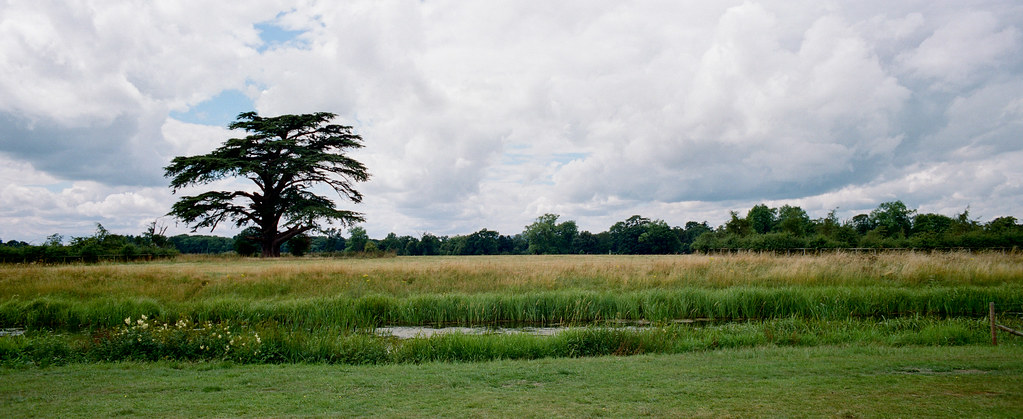
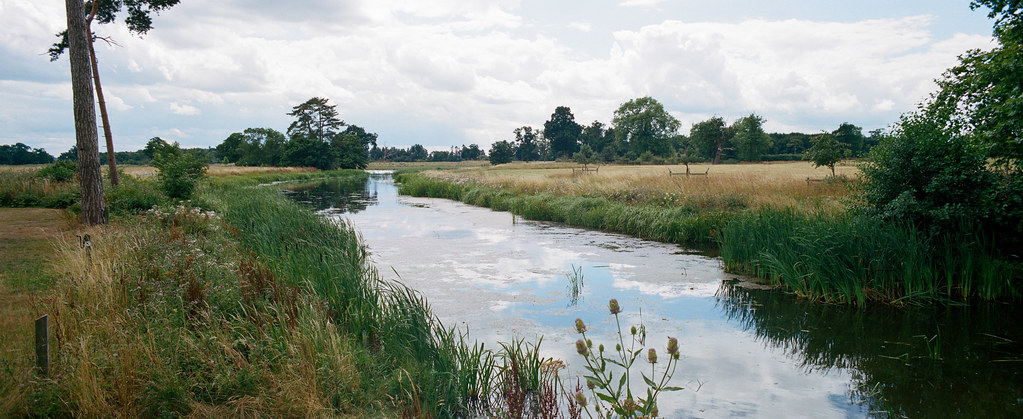
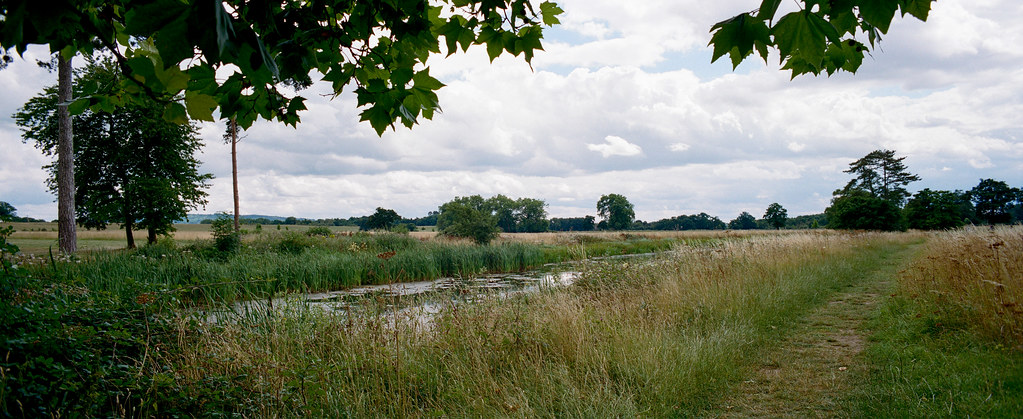
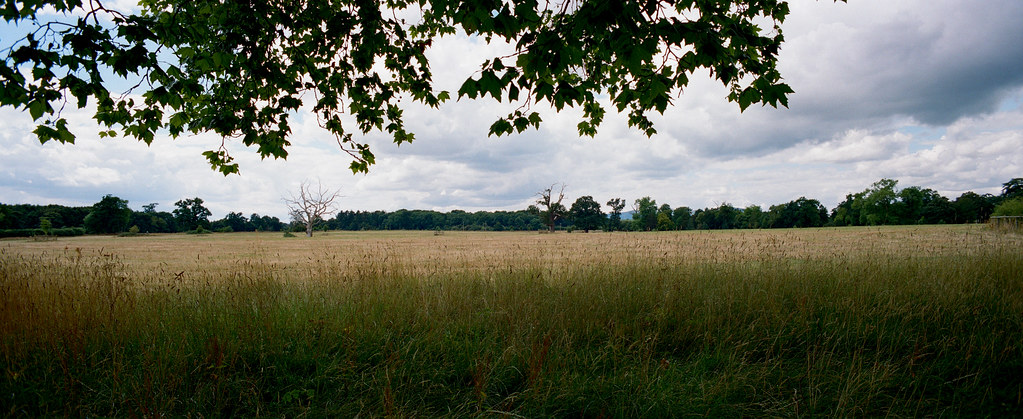
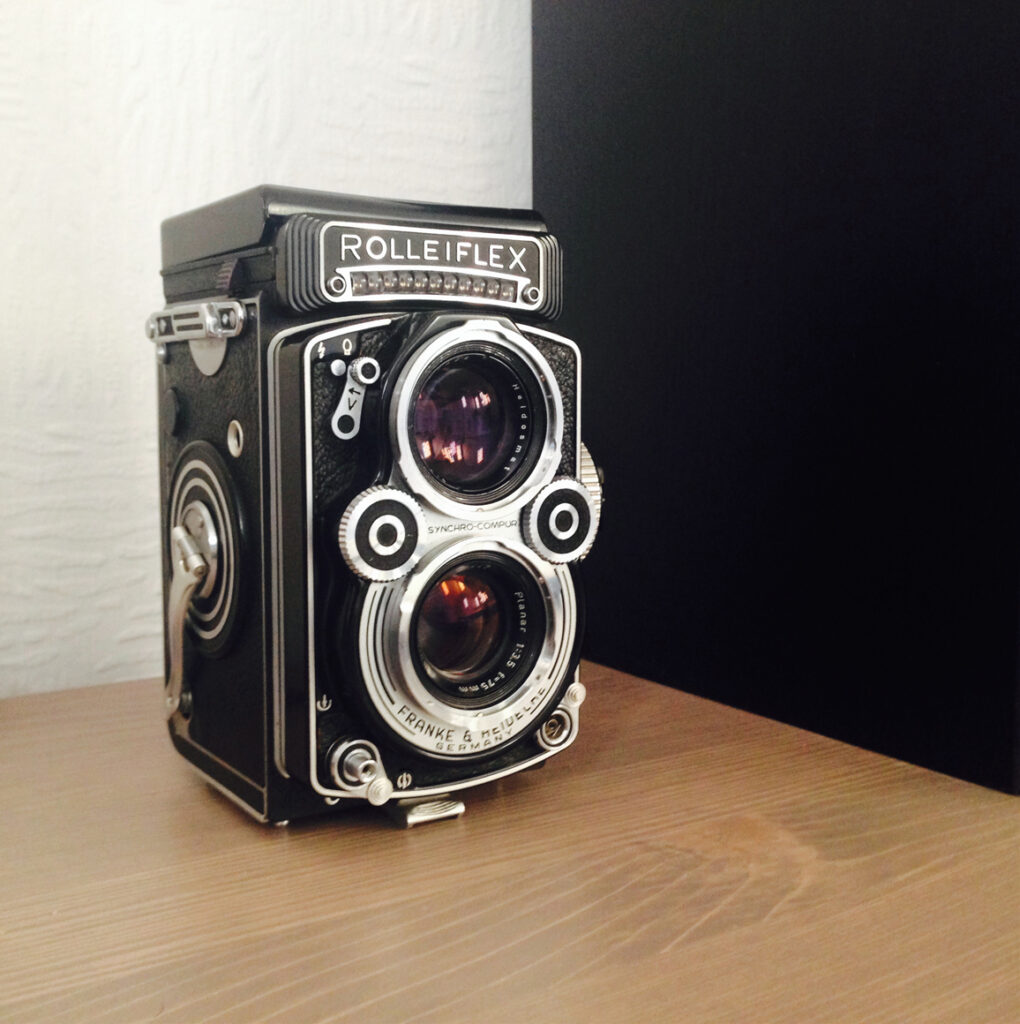
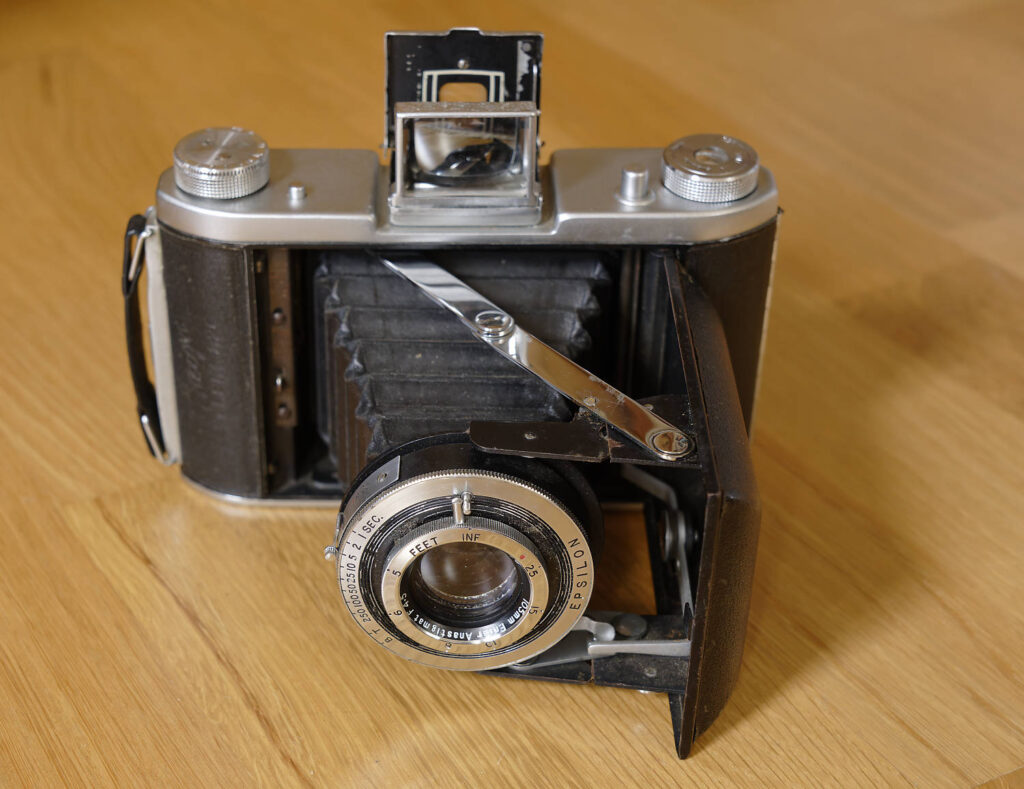

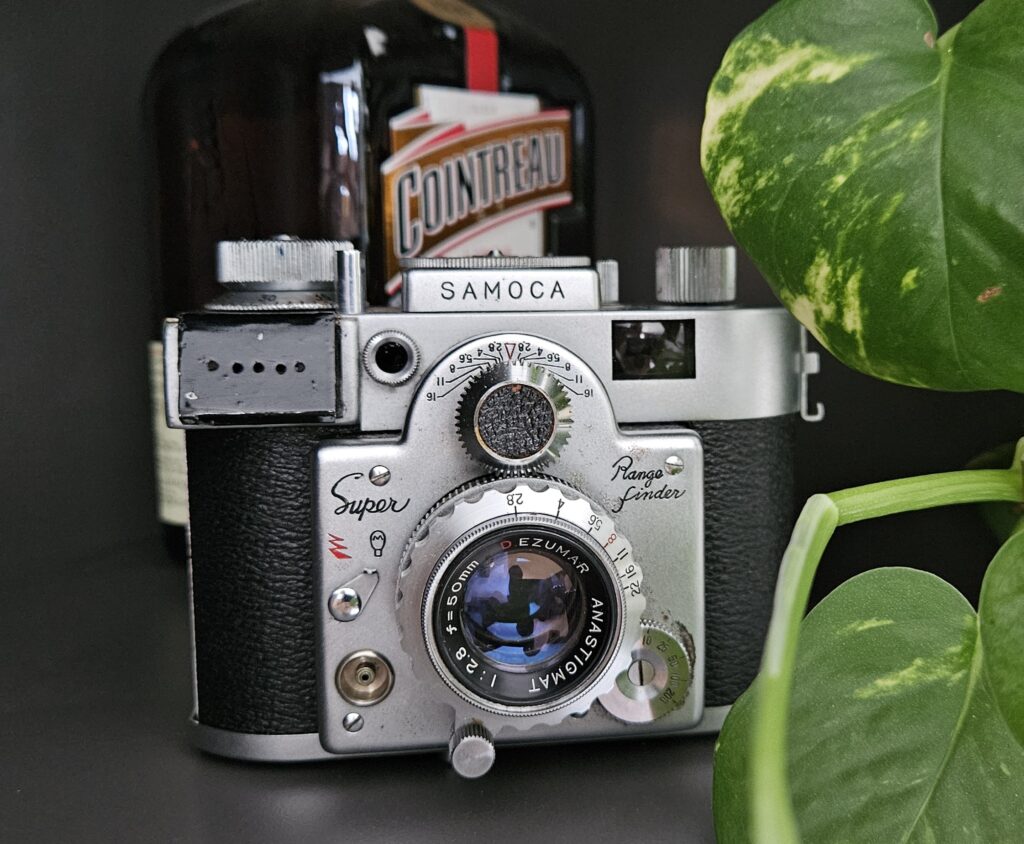

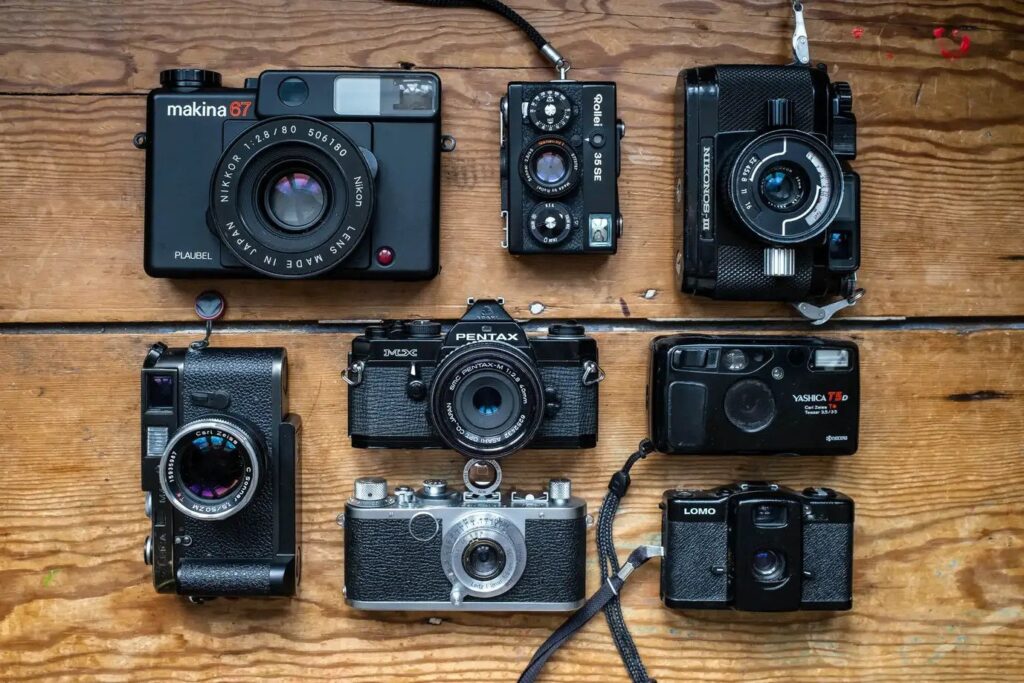
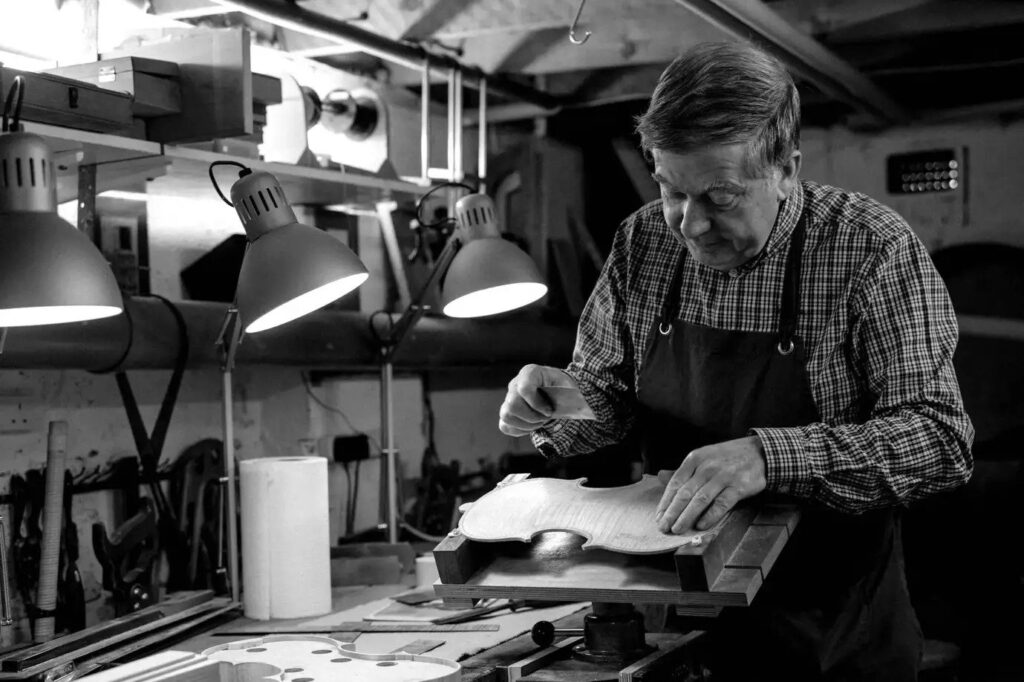
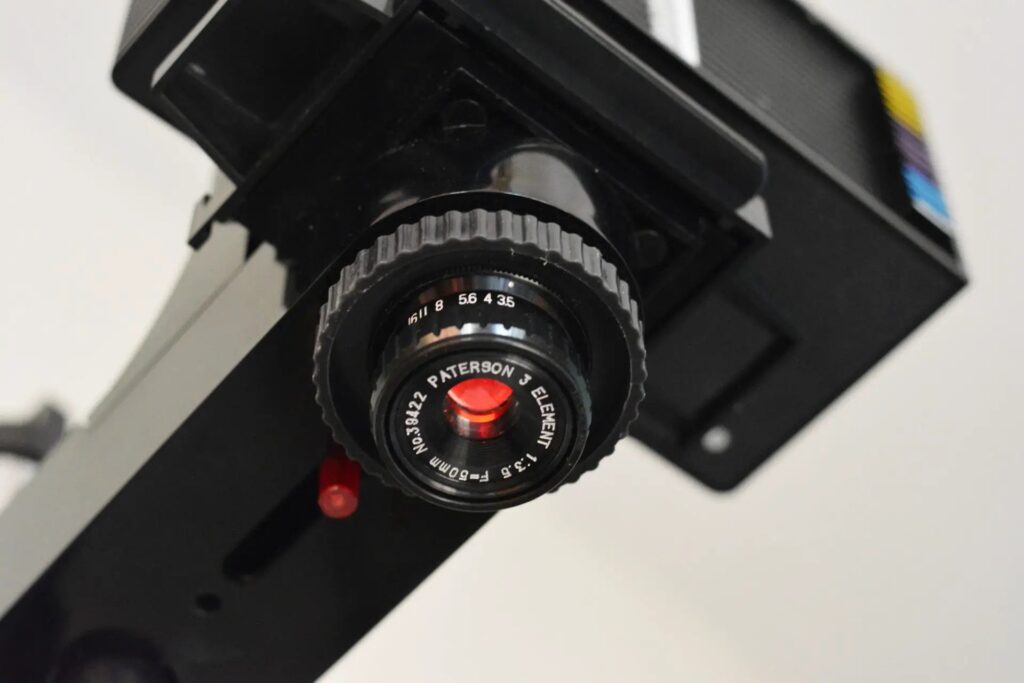
Comments
Peter on Hasselblad Xpan with a Nikon 35mm PC shift lens – FAQ
Comment posted: 27/08/2016
As you said, the very edges of your frame are roughly correct (save for parallax?)
Handy
Comment posted: 27/08/2016
Terry B on Hasselblad Xpan with a Nikon 35mm PC shift lens – FAQ
Comment posted: 27/08/2016
Comment posted: 27/08/2016
Comment posted: 27/08/2016
Comment posted: 27/08/2016
John on Hasselblad Xpan with a Nikon 35mm PC shift lens – FAQ
Comment posted: 27/08/2016
Comment posted: 27/08/2016
Comment posted: 27/08/2016
Michael on Hasselblad Xpan with a Nikon 35mm PC shift lens – FAQ
Comment posted: 27/08/2016
Comment posted: 27/08/2016
Dexter on Hasselblad Xpan with a Nikon 35mm PC shift lens – FAQ
Comment posted: 27/08/2016
Dan Castelli on Hasselblad Xpan with a Nikon 35mm PC shift lens – FAQ
Comment posted: 27/08/2016
But, it works - that's the important part!
DMR on Hasselblad Xpan with a Nikon 35mm PC shift lens – FAQ
Comment posted: 28/08/2016
If this can cover the film plane at F2.8, it would make zone focusing more difficult, but at least in some situations, you'd have additional light gathering for faster shutter speeds in the right situation.
Thanks for sharing your setup. May have to look into it one day.
Comment posted: 28/08/2016
java on Hasselblad Xpan with a Nikon 35mm PC shift lens – FAQ
Comment posted: 29/08/2016
John Kendall on Hasselblad Xpan with a Nikon 35mm PC shift lens – FAQ
Comment posted: 30/08/2016
Comment posted: 30/08/2016
George Appletree on Hasselblad Xpan with a Nikon 35mm PC shift lens – FAQ
Comment posted: 11/09/2016
I thought there was absolutely no adapter fot that lovery camera.
I do it fine with the Hasselblad 45... I thought some times of the 15 but it requires an extra view adapter and a centre filter (also not easy to get already)
George Appletree on Hasselblad Xpan with a Nikon 35mm PC shift lens – FAQ
Comment posted: 11/09/2016
Alan on Hasselblad Xpan with a Nikon 35mm PC shift lens – FAQ
Comment posted: 18/09/2016
Comment posted: 18/09/2016
George Appletree on Hasselblad Xpan with a Nikon 35mm PC shift lens – FAQ
Comment posted: 19/09/2016
The focal length is actually a physical distance from focal plain to lens. That doesn't change while expanding really; in fact things like depth of field remains exactly equal.
Right?
Comment posted: 19/09/2016
George Appletre on Hasselblad Xpan with a Nikon 35mm PC shift lens – FAQ
Comment posted: 20/09/2016
I have that camera and the 45 mm. for about fifteen years. The focal length keeps on being the same when expanded. Just you see both sides of what usually you don't. Probably with a 15 mm you would see all that length inside the regular 35 mm. film. That's the "equivalence".
Alan on Hasselblad Xpan with a Nikon 35mm PC shift lens – FAQ
Comment posted: 20/09/2016
Sorry I was just trying to establish how much "wider" the Nikon 35mm would feel compared to the standard Hasselblad 45mm. Checked the spec sheets- the 45mm has a 71 degree horizontal field of view, slightly wider than a 24mm on full frame (~73.7 degrees horizontal). The 30mm has a 94 degree horizontal, slightly wider than a 17mm lens on full frame (~93.3 degrees horizontal). So your assessment of 19-20mm seems right.
I was under the assumption that the 30 was actually closer to a 15, since the 45 was close to a 24. Thanks for weighing in!
Bayo on Hasselblad Xpan with a Nikon 35mm PC shift lens – FAQ
Comment posted: 08/10/2016
While I have no Nikon lenses to use, I do however own Bronica > Mamiya and Mamiya > Nikon F adapters already and hopefully they'd be big enough to cover the wider 65mm width.
Keep up the good work!
Comment posted: 08/10/2016
Comment posted: 08/10/2016
Comment posted: 08/10/2016
Bin LIANG on Hasselblad Xpan with a Nikon 35mm PC shift lens – FAQ
Comment posted: 07/11/2016
From the calculation, the focal of view of the Nikon 35mm lens on the XPan is 85.75 degree, which is equivalent to focal length 19.4mm ultra wide angle lens on a 135 camera system.
Comment posted: 07/11/2016
Comment posted: 07/11/2016
Comment posted: 07/11/2016
Michael Przewrocki on Hasselblad Xpan with a Nikon 35mm PC shift lens – FAQ
Comment posted: 13/02/2017
Comment posted: 13/02/2017
Alexandros Damoulianos on Hasselblad Xpan with a Nikon 35mm PC shift lens – FAQ
Comment posted: 22/02/2017
Comment posted: 22/02/2017
Comment posted: 22/02/2017
Rick Driger on Hasselblad Xpan with a Nikon 35mm PC shift lens – FAQ
Comment posted: 25/11/2017
Comment posted: 25/11/2017
Bin Liang on Hasselblad Xpan with a Nikon 35mm PC shift lens – FAQ
Comment posted: 07/12/2017
Comment posted: 07/12/2017
Dan Le on Hasselblad Xpan with a Nikon 35mm PC shift lens – FAQ
Comment posted: 26/02/2018
I was just curious if you knew of any differences in coverage between the two versions of the 35mm f2.8 PC. They released another version of the lens with a black knob and a different optical formula. I would guess there's a least some difference in coverage and just wondering if you knew of any. Great article btw. Throwing on a Nikon pc 35mm lens on my xpan is definitely my top gear priority right now
Comment posted: 26/02/2018
Comment posted: 26/02/2018
Comment posted: 26/02/2018
Marcel Zyskind on Hasselblad Xpan with a Nikon 35mm PC shift lens – FAQ
Comment posted: 26/04/2020
Comment posted: 26/04/2020